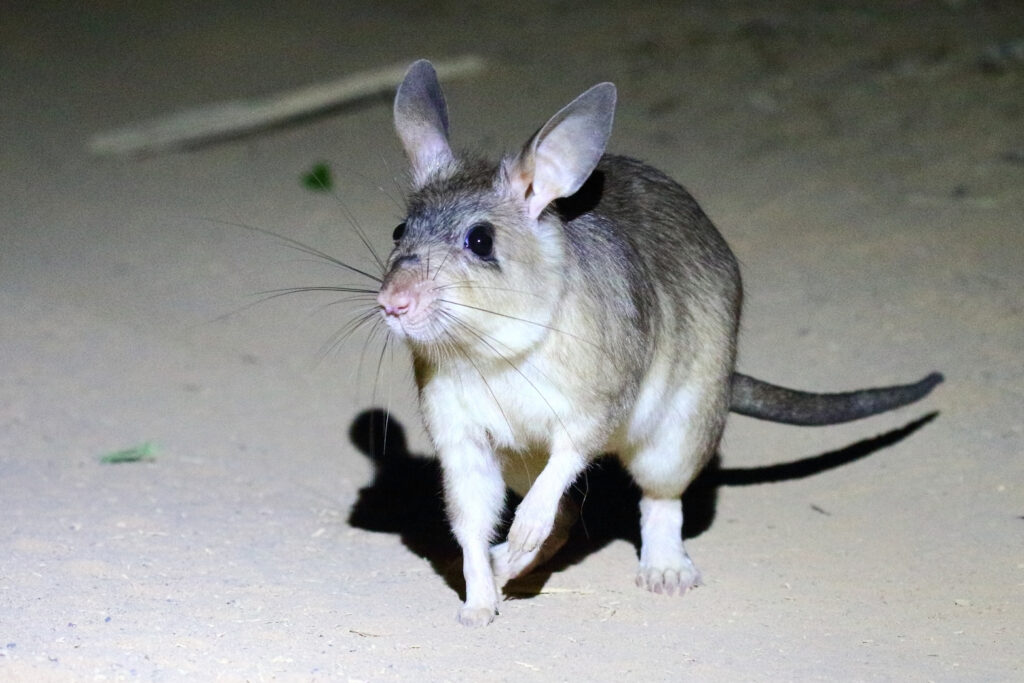Connor Panter placement – International Union for the Conservation of Nature’s (IUCN) SSC Small Mammal Specialist Group/Durrell Wildlife Conservation Trust

Image credit Andrey Giljov CC BY-SA 4.0 Wikimedia Commons
Name: Connor Panter
Institution: University of Nottingham
Placement Host: International Union for the Conservation of Nature’s (IUCN) SSC Small Mammal Specialist Group/Durrell Wildlife Conservation Trust
Between May and July 2021, I undertook a three-month internship with the IUCN’s SSC Small Mammal Specialist Group (SMSG) in partnership with Durrell Wildlife Conservation Trust. Due to the COVID-19 restrictions, my internship was conducted remotely. I worked as part of a small team which included scientists from the Zoological Society London’s (ZSL) Institute of Zoology, Texas A&M University and the conservation NGO re:wild. The aim of the internship was to work within Durrell’s Conservation Knowledge team to gain experience of and to support the IUCN SSC SMSG’s activities.
Early on in my internship, I was responsible for updating information about small mammal species included within the SMSG’s “Key Species Programme” on the group’s newly developed website. This involved conducting literature searches for information on the species’ ecology and conservation statuses. As I was interested in species extinction risk, I was asked to re-assess the IUCN Red List status of the Malagasy Giant Jumping Rat (Hypogeomys antimena), which was previously evaluated as “Endangered”. New data from a project collaborator suggested that the species’ southern Kirindy population had experienced a decline of 88% in recent years. My role was to collate this information and come to an evidence-based decision on an updated extinction risk estimate, following the guidelines set by the IUCN. Global population estimates dropped from ca. 27,000 adults in 2005 to ca. 5,036 in 2019. Therefore, the species sadly qualified for up-listing to “Critically Endangered”.
The working environment was very fast paced and I was often asked to work on multiple projects at once. Alongside my work on extinction risk assessments, I also supported and reviewed international collaborators’ grant applications. Specifically, I reviewed the methods for research proposals submitted to ZSL’s Edge of Existence Programme, one focused on the conservation of the Cuban Solenodon (Solenodon cubanus) in the Caribbean and the other on the Elvira Rat (Cremnomys elvira) in Tamil Nadu, India. Furthermore, I was tasked with soliciting new potential funding opportunities for future research projects, for example, eDNA work on the Russian Desman (Desmana moschata). There were opportunities to engage in science outreach, too. I drafted an article on rodent diversity and even fact-checked rodent-related questions for a Spanish TV Quiz Show!
During my short time with the SMSG, I was able to develop existing and learn new transferable skills. These included time-management (i.e., working on multiple projects), teamwork (i.e., working within a multidisciplinary team) and persuasive writing skills (i.e., grant applications!). Currently I am developing a potential future research avenue for my PhD. It will focus on extinction risk estimation for groups of taxa using abundance data. Experience gained from working with the SMSG has given me more confidence in assessing extinction risk and built on my knowledge of the IUCN’s Red Listing process.
I am very pleased to have undertaken an internship with the IUCN SSC SMSG and am grateful to be given the opportunity to work in such a fast-paced environment surrounded by people doing good things. Thank you to ENVISION DTP for providing the opportunity to conduct the placement and a special thanks to those involved with the group, and to Dr Ros Kennerly for making my experience exciting, welcoming and worthwhile.
